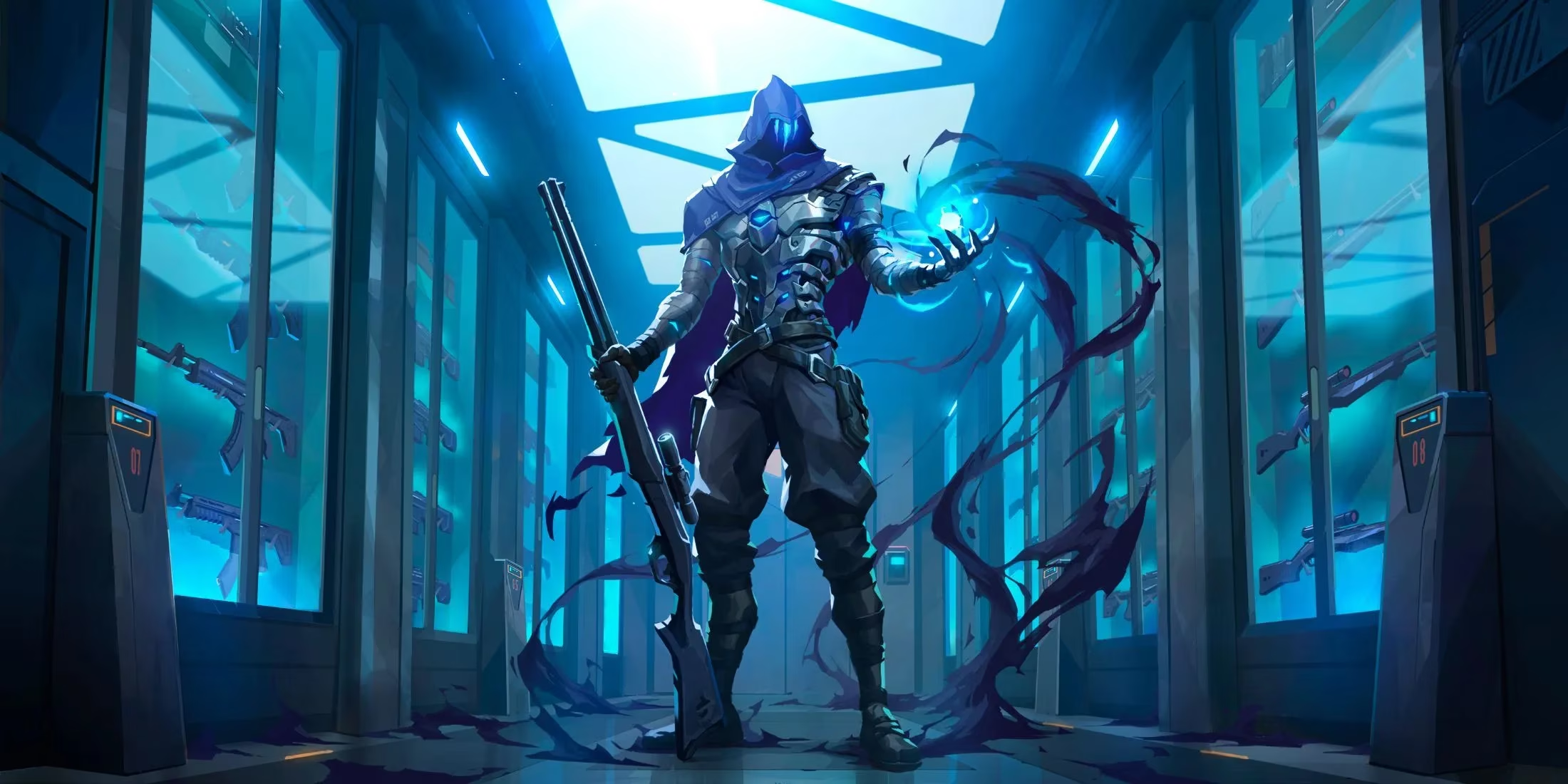When Valorant first blasted onto the scene in 2020, it promised something revolutionary: a competitive shooter that could run smoothly on grandma's dusty desktop while still delivering heart-pounding tactical action. Five years later, this digital darling has traded its comfy sneakers for rocket boots by migrating to Unreal Engine 5. But oh, what a turbulent flight it's been! 🚀💥 The upgrade feels like watching your favorite indie band suddenly headline Coachella – thrilling yet slightly terrifying for the OG fans who loved its scrappy accessibility.

🖥️ The Accessibility Tightrope
Remember when Valorant could chug along happily on a potato-powered rig? Those were simpler times. The nostalgia hits hard when comparing 2020's minimum specs (a creaky Intel i3-370M and Intel HD 3000 GPU) to today's beefier demands. Now, your trusty toaster might just blue-screen during an ult if it doesn't meet the new baseline:
| Era | CPU | GPU | RAM | Target FPS |
|---|---|---|---|---|
| 2020 Launch | Intel i3-370M | Intel HD 3000 (1GB VRAM) | 4GB | 30 |
| 2025 UE5 | Intel i3-540 / AMD Athlon 200GE | Intel HD 4000 / Radeon R5 220 | 4GB | 30 |
Marcus Reid, Valorant's tech wizard, swears in dev diaries that the transition maintains "buttery responsiveness." But try telling that to players whose decade-old rigs now wheeze like asthmatic dragons during Viper's toxic screens. The subjective sting? Watching your frame rate nosedive mid-clutch feels like sprinting through quicksand while opponents glide on ice.
💫 The Glorious Upside
Let's not ignore UE5's wizardry! The engine overhaul isn't just cosmetic fluff – it's a competitive adrenaline shot. Picture this:
-
Smoother agent animations making Jett's dash look like ballet
-
Zero micro-stutters during Chamber's sniper showdowns
-
Lightning-fast load times letting you queue faster than Reyna steals kills
Esports pros are already gleefully reporting how UE5's optimizations shave milliseconds off reaction times. Tournament streams now shimmer with particle effects so crisp, you can count every pixel in Raze's grenade explosions. And that warm, fuzzy feeling when your Operator flick lands perfectly? Magnified tenfold without lag-induced rage quits.
⚖️ The Bittersweet Trade-Off
Here's where the subjective ache creeps in. Valorant's soul always lived in its democratic spirit – where broke college kids could out-aim土豪 players with $3,000 setups. Now? That equality feels threatened. Tinkering with settings might squeeze 40 FPS from aging hardware, but the constant fear of match-crashing glitches turns ranked games into anxiety festivals.
The author remembers their own battles on a frankenstein PC that sounded like a helicopter taking off. That scrappy underdog charm? Fading faster than Cypher's cam. Yet UE5's potential hints at jaw-dropping futures:
-
PlayStation 5/Xbox ports with silky 120Hz gameplay
-
Fortnite-level environmental details transforming Icebox's frostbite
-
New agents with abilities previously impossible in older engines
❓ The Million-Credit Question
As sunset hues fall on Valorant's accessibility era, one wonders: Can Riot balance cutting-edge innovation with its egalitarian roots? Will future updates demand 60 FPS minimums, exiling budget warriors? Or might cloud gaming resurrect the low-spec dream?
What’s clearer than an enemy spotted by Sova's dart is this: Gaming's relentless evolution always leaves casualties. So, fellow agents – do we cling to our faithful old rigs like vintage vinyl, or embrace the graphical arms race? The spike's planted, and this round's outcome remains deliciously uncertain. 💣⏳